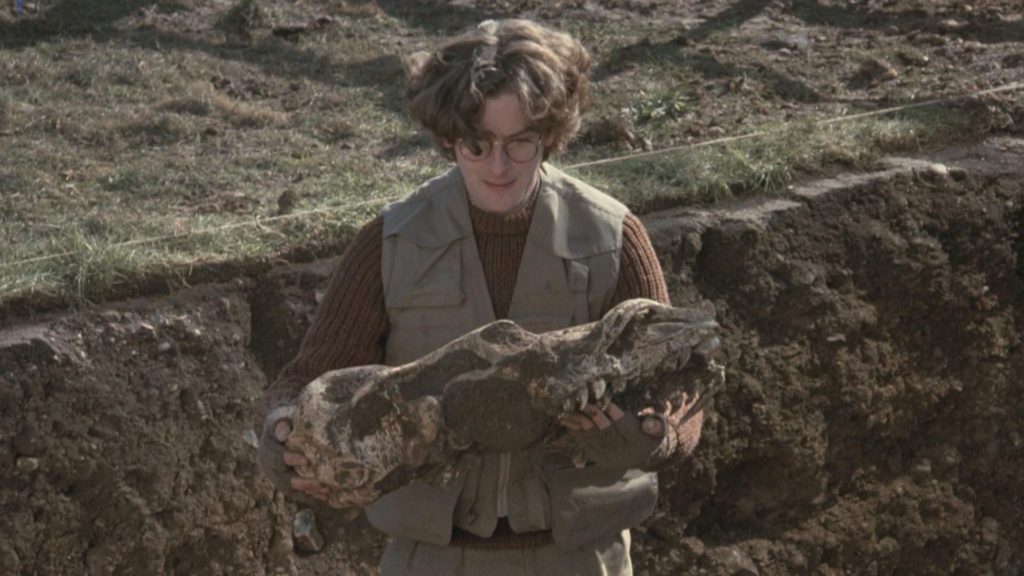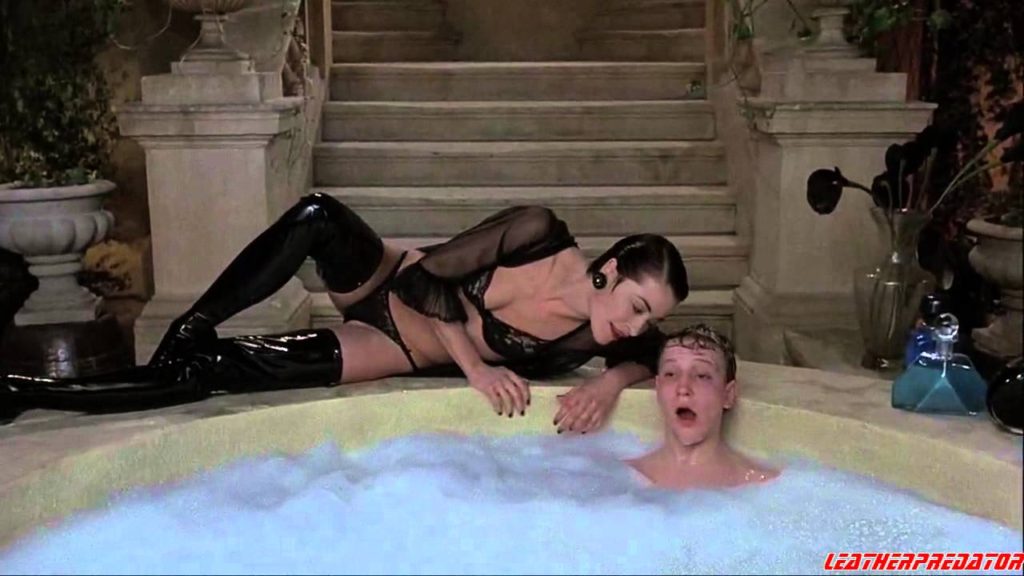Random Easter Thoughts
April 19th, 1993 – More than 80 Branch Davidians including their leader David Koresh died when federal agents stormed their compound in Waco, Texas after a 51-day standoff.
April 19th, 1995 – A huge car bomb tore apart the Alfred P. Murrah building in Oklahoma City, killing 168 people.
April 20th, 1999 – Two heavily armed teenagers went on a rampage at Columbine High School in Littleton, a suburb of Denver, Colorado, shooting 13 dead before taking their own lives.
If I was in America, I’d be rather nervous this week…
I have been following with somewhat bemused interest the fraught hand-wringing going on over the Hansie Cronje cricket-fixing allegations, partly because the game’s origins are firmly rooted in gambling. It was only really in the Victorian era, when the public schools took to it, that the game became “respectable” — before then, William Fennex (the man credited with devising the forward defensive stroke) wrote: “Matches were bought and matches were sold and gentlemen who meant honestly lost large sums of money.” In 1833, there were reports of a game for a prize of 1000 pounds — at a mere 4% interest, that would be almost a quarter of a million now, quite sufficient to get fixers interested.
It’s interesting to contrast the useless flapping of the cricket authorities with other sports. Baseball has been particularly sensitive since the “Black Sox” scandal of 1919, which saw seven Chicago players banned for taking bribes. Since then, they’ve had pretty much a zero-tolerance policy, up to and including Pete Rose, the man who played in more major-league games than anyone else, who is still excluded from the Hall of Fame solely because of betting. I also suspect that the low wages paid to cricket players also render them liable to temptation. If you are earning $15m a year, like Los Angeles pitcher Kevin Brown, a) you have a great deal to lose, and b) it will take just as much to make you risk it.
Well, it amused me…
New York, NJ, Feb. 28 — People for the Ethical Treatment of Software (PETS) announced today that seven more software companies have been added to the group’s “watch list” of companies that regularly practice software testing. “There is no need for software to be mistreated in this way so that companies like these can market new products,” said Ken Granola, spokesperson for PETS. “Alternative methods of testing these products are available.”
According to PETS, these companies force software to undergo lengthly and arduous tests, often without rest for hours or days at a time. Employees are assigned to “break” the software by any means necessary, and inside sources report that they often joke about “torturing” the software. “It’s no joke,” said Granola. “Innocent programs, from the day they are compiled, are cooped up in tiny rooms and ‘crashed’ for hours on end. They spend their whole lives on dirty, ill-maintained computers, and are unceremoniously deleted when they’re not needed anymore.” Granola said the software is kept in unsanitary conditions and is infested with bugs.
“We know alternatives to this horror exist,” he said, citing industry giant Microsoft Corp. as a company that has become extremely successful without resorting to software testing.
Have a good Easter. There may or may not be an update next week, since I shall be deep in solemn contemplation of the death of our Lord and Saviour, Jesus Christ. For he did get nailed to a cross in order that we might stuff our faces with foodstuffs, get plastered without worrying about work the next morning, push off to foreign climes for a long weekend, and lounge around in bed all day. Nice one, JC: that’s what I call a sacrifice…


